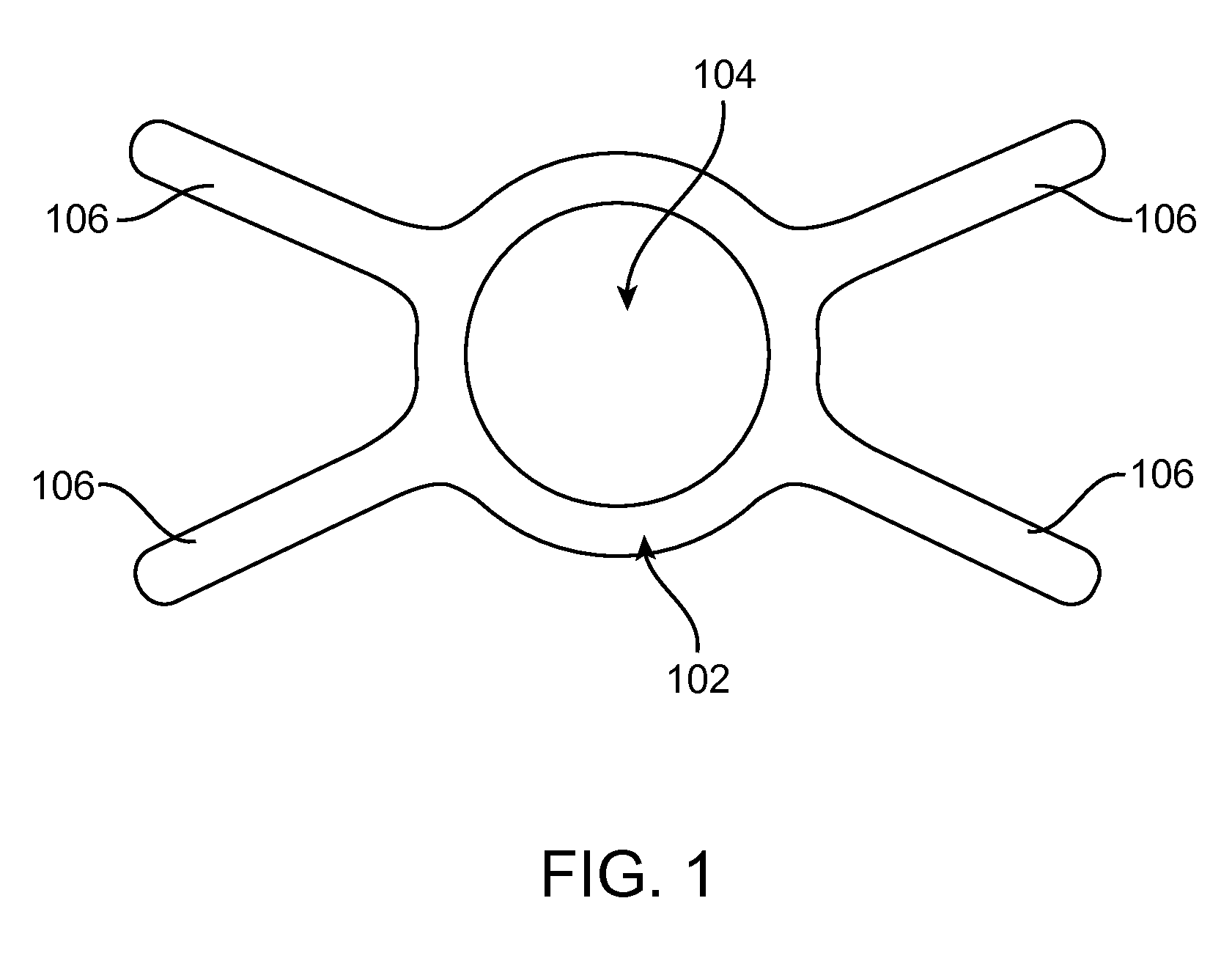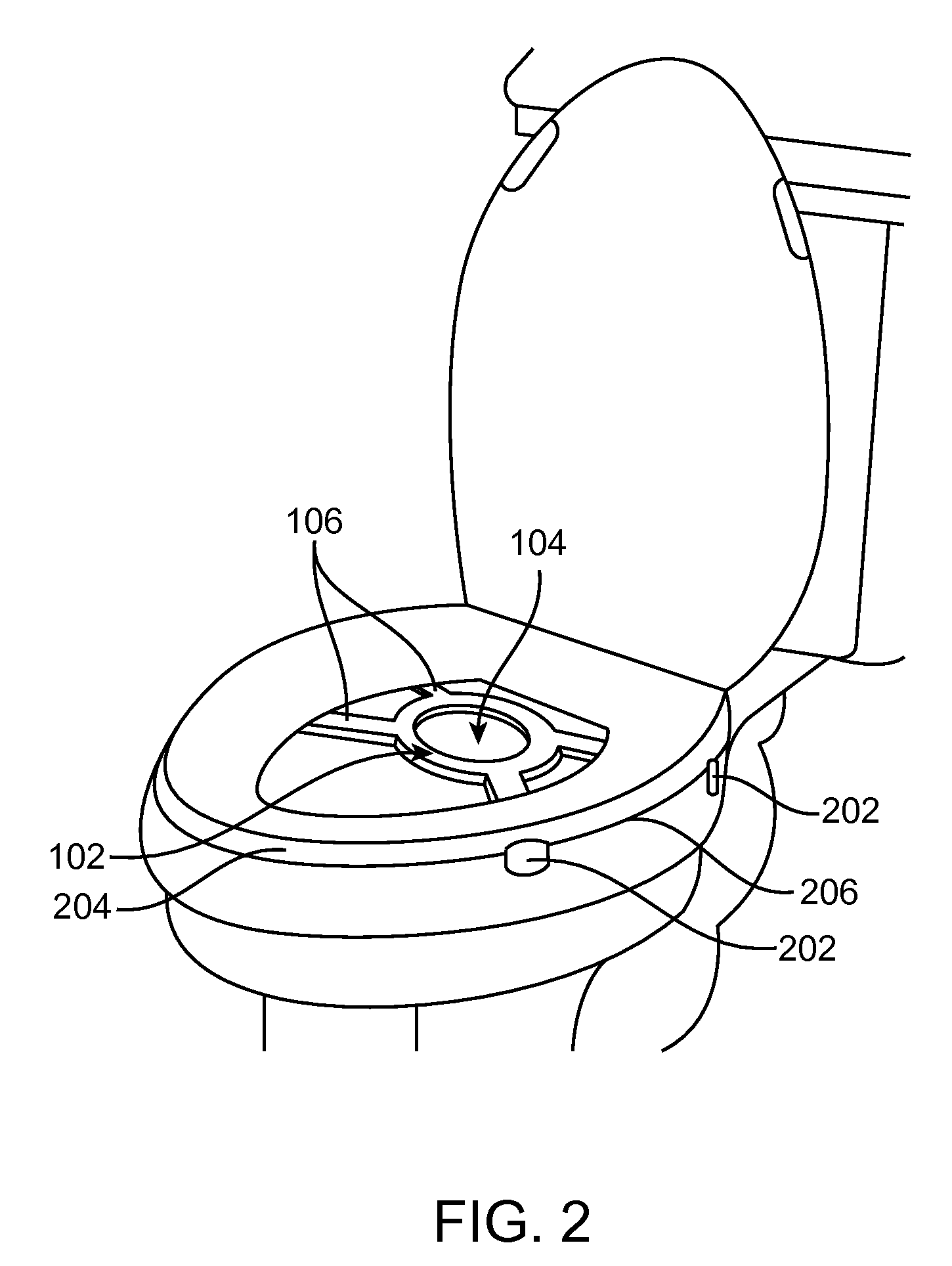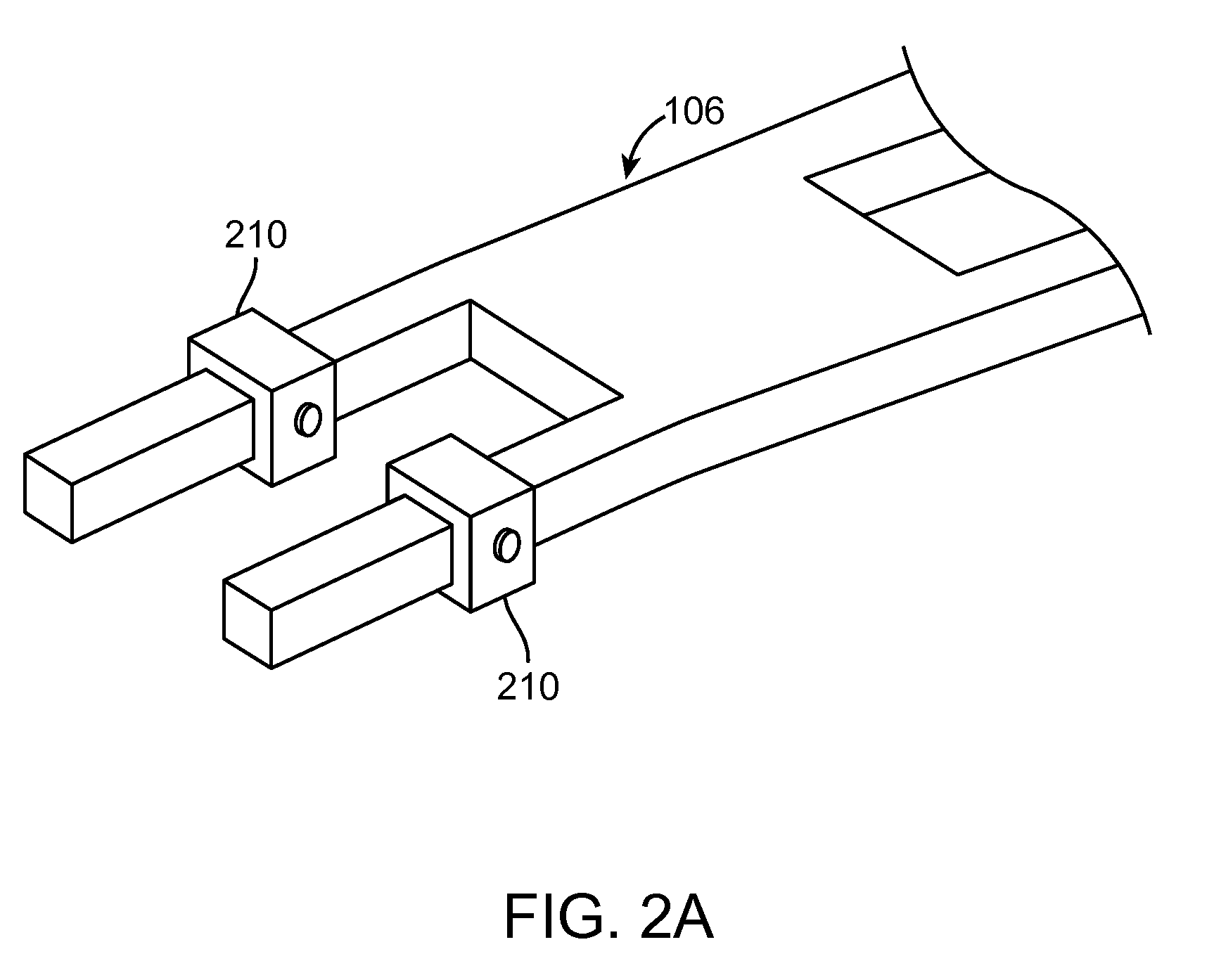This strategy can overcome many of the limitations of oral probiotics, the commonly used, yet relatively ineffective strategy used to modify the GI microflora.
However, despite FMT's therapeutic potential in many highly prevalent and disabling conditions, including, but not limited to the epidemic of
Clostridium Difficile infection (C. difficile, C. diff, or CDI), where it consistently demonstrates over a 90%
cure rate in recurrent cases, a number of disadvantages in current therapeutic methods may serve to prevent its adoption in the vast majority of practice.
Taken together, there are many limitations to performing FMT: the process is quite unappealing (i.e. “gross”) to providers, patients and donors, carries significant risks of insanitation (for the user and environment) and
contamination (of the
stool sample and microflora), has highly unappealing aesthetics, and is burdensomely inefficient with regards to carrying out the sequential processes.
There is also no simple or standardized protocol, ensuring reliably repeatable formulations are produced.
Under the current methodology, such
modes of delivery are neither practical nor appealing.
Because there have been no technological innovations developed to specifically or comprehensively address the sequential processes required for FMT, the following
resultant overarching limitations have dramatically discouraged the adoption of this highly effective therapy in the vast majority of practice:
Risk of Insanitation (for the user and environment) and
Contamination (of the
stool sample and microflora): Because the prior art requires that stool is collected, transferred, processed, and cleaned in a largely “open-
system”, where the user and environment are repeatedly exposed to the stool and vice versa, there is
significant risk of insanitation (for the user and environment) and
contamination (of the
stool sample), respectively.
Unappealing Aesthetics (of performing necessary sequential processes): While the general concept of this therapy alone is inherently unappealing to all parties involved, it is also somatically
abrasive throughout the entire sequence of processes, as the stool is visible, and the stool's malodor is unmitigated.
Further, and with respect to further limitations described below, without effective methods to refine and aesthetically improve microflora from stool, it will not be possible to advance
delivery methods for FMT where the target component (microflora) can be delivered through other mechanism where visible appearance, taste, smell, and / or
potency (or concentration) are salient features.
Inefficiency (of performing necessary sequential processes): As a result of the numerous necessary separate sequential collection and preparation steps, the various required apparatuses, the subsequent need to clean said apparatuses, and the required
protective gear and dedicated space to carry out said preparation and cleaning, the overall process of executing FMT may be quite inefficient.
Such inefficiency may not only problematic as it can relate to the previous two major aforementioned limitations above, but also because in practice it may often be impractical and
time consuming for the various users involved.
Indeed, in considering the relevance of described prior art to the aforementioned limitations of FMT, it can seem that such current methodologies can offer only partial mitigation of some aspects relating to the risk of insanitation and
contamination, and unappealing aesthetics (such as can be provided through various stool collection devices), while failing to significantly address the limitation of inefficiency all together.
Further, to the extent that current methodologies can mitigate the limitations of risk of insanitation and contamination, and unappealing aesthetics, said mitigation may address only the collection process, and may not address these limitations within the requisite subsequent steps involved in FMT—
processing the stool, isolating the microflora, and delivering the microflora to the patient.
While various innovations in stool collection devices have been designed to mitigate certain undesirable limitations of stool collection, generally for the purpose of improving the process of collecting and preserving donated stool samples for subsequent analysis (such as diagnostic tests), none are adapted for the unique needs of FMT, or advancements thereof.
However, while intended to offer certain conveniences in stool collection and
processing, this stool collection device was, similar to the vast majority of other stool collection devices, intended to aid subsequent diagnostic applications, and had no proposed applications for FMT.
The stool collection device generally lacks any method for refining the stool, microflora, or filtrates thereof in any way.
Additionally, while it may the capacity to crudely transfer contents from within the container through a conduit, it is not designed specifically to offer any method of delivering FMT efficiently to a recipient's colon either directly or indirectly within a
closed system.
It also would seem that in the principal described embodiment with a conventional
metal blender blade, this device not only can have the significant potential to place the stool donor at risk of injury, but may be limited in scope with respect to
modes of performing homogenization and stool processing.
This device may also not be designed to accommodate varied amounts of stool and diluents, where fixed ratios may require large volumes of substance be sealed within the container.
Where condensing the size of the device may be reliable for storage or shipping of contents, the device seems to lack any mechanism for reducing its size, or adapting its conformation.
 Login to View More
Login to View More 


